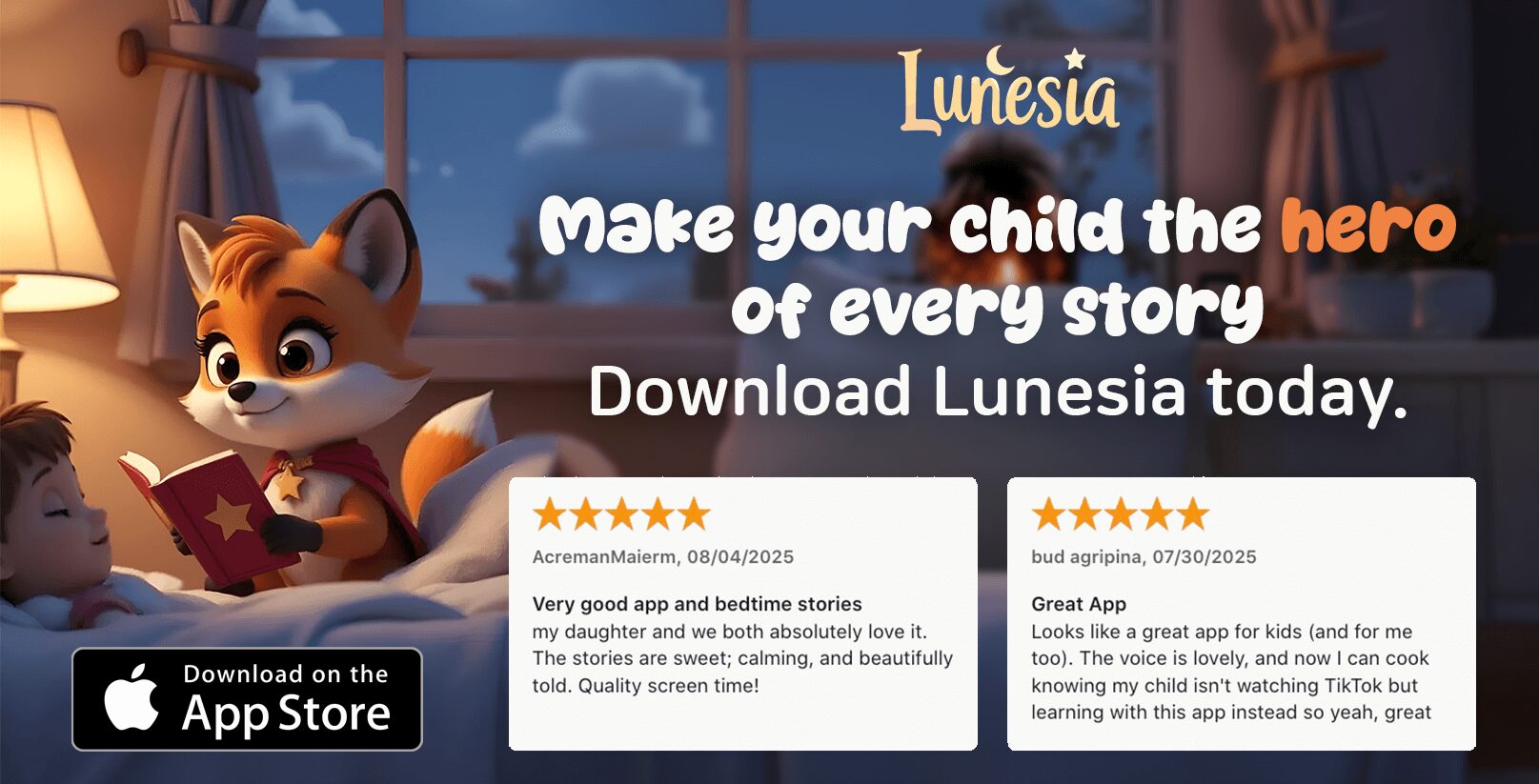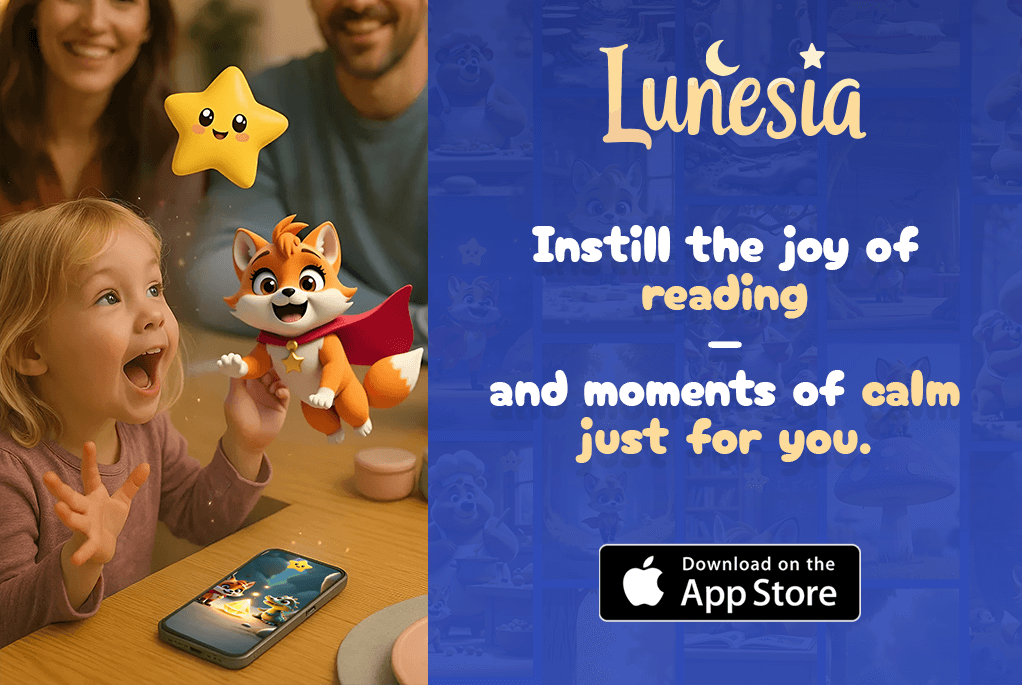As a parent and educator, I’ve witnessed the dramatic shift in childhood reading habits in our digital age. Children are now engaging with stories in ways that were previously unimaginable.
The rise of interactive children books alongside traditional books has sparked a debate about the best way to foster a love of reading in young minds. I’m excited to explore how Lunesia and other interactive narratives are changing the way children experience stories.
By combining the best of both worlds, we can create a rich reading experience that enhances learning and develops essential skills. Let’s dive into the benefits of interactive books and how they can complement traditional reading to create a lifelong love of books in our children.
The Evolution of Children’s Reading in the Digital Age
As we navigate the digital landscape, it’s clear that children’s reading habits are undergoing a significant transformation. The digital age has brought numerous advantages, making it possible for children to access a wealth of knowledge at their fingertips.
The Rise of Screen Time and Its Impact
The increasing presence of screens in our daily lives has led to a shift in how young readers engage with books. Digital reading platforms now offer interactive features such as sound effects, animations, and touch-responsive elements that traditional books cannot provide. While this brings exciting opportunities, there’s also concern about the potential drawbacks of excessive screen time, including passive consumption of content and reduced personal interaction.
As a parent and educator, I believe it’s essential to find a balance between digital and traditional reading experiences. Research shows that interactive children’s books can effectively engage reluctant readers while developing crucial literacy skills, making them valuable tools in our increasingly digital world.
Finding Balance Between Digital and Traditional Reading
To create a healthy reading environment, it’s crucial to harness the benefits of both traditional and interactive approaches. By combining the strengths of each, we can foster a love for reading in children while promoting their overall development. This balanced approach allows kids to engage with stories in a way that’s both entertaining and educational.
Ultimately, the key challenge for parents today is navigating this evolving landscape to create a reading experience that is both enjoyable and enriching for young readers. By being mindful of the reading experience we provide, we can help engage children in a way that promotes a lifelong love of learning.
The Enduring Value of Traditional Storybooks
Traditional storybooks have been a cornerstone of childhood development for generations, offering a unique set of benefits that digital alternatives struggle to replicate. The importance of reading in the early years cannot be overstated, as it directly contributes to mental well-being and sets children up for academic success.
Building Neural Connections and Cognitive Development
When children engage with printed text and illustrations in traditional storybooks, they’re building crucial cognitive connections that support learning across all areas. I’ve always been amazed at how traditional storybooks create neural pathways in developing brains, laying the foundation for future academic success.
Enhancing Vocabulary and Linguistic Skills
Traditional storytelling exposes children to rich vocabulary in context, helping them naturally absorb new words and linguistic patterns that enhance their communication skills. As children listen to stories, they encounter new words and phrases, expanding their lexicon and improving their understanding of language nuances.

Fostering Imagination and Creativity
One of the most beautiful aspects of traditional books is how they leave space for imagination – unlike screens that provide all visual elements, printed books invite children to create mental images, developing creativity in profound ways. This process helps children develop their critical thinking skills and learn to express themselves effectively.
Creating Bonding Opportunities Between Adults and Children
The intimate bonding experience that happens when an adult and child share a physical book creates emotional connections that support healthy development. These moments of closeness and shared attention are irreplaceable, fostering a deeper connection between generations.
| Benefits of Traditional Storybooks | Impact on Children |
|---|---|
| Building Neural Connections | Supports cognitive development and learning |
| Enhancing Vocabulary | Improves communication skills and language understanding |
| Fostering Imagination | Develops creativity and critical thinking |
| Creating Bonding Opportunities | Strengthens emotional connections between adults and children |
For more information on how stories can impact language growth, visit Lunesia’s Language Growth Through Stories. By embracing traditional storybooks, we can provide our children with a solid foundation for a lifelong love of reading and learning.
Interactive Storybooks vs Traditional: A Comprehensive Comparison
The world of children’s books is diverse, with interactive and traditional storybooks catering to different needs. As a parent or educator, understanding the differences between these two types of books is crucial in making informed decisions about a child’s reading experience.
What Defines an Interactive Storybook?
Interactive children’s books are dynamic experiences designed to actively engage young readers. Unlike traditional children’s books, interactive ones go beyond the pages, incorporating various elements that invite readers to participate in the narrative. Features may include touch-and-feel textures, flaps to lift, pop-ups, sound effects, and interactive prompts.
Engagement Levels and Reader Participation
I’ve found that interactive storybooks transform the reading experience from passive to active – they invite children to touch, swipe, lift flaps, solve puzzles, and make choices that directly impact the narrative. This level of engagement can be particularly beneficial for children who might otherwise struggle to sit through a story.
Learning Outcomes and Educational Benefits
When comparing learning outcomes, I’ve observed that interactive elements can enhance comprehension and retention for many children, especially visual and kinesthetic learners who benefit from multi-sensory input. Interactive children’s books often incorporate educational features that extend beyond the narrative, from vocabulary building to problem-solving activities that develop critical thinking skills.
Accessibility and Appeal to Different Types of Learners
One significant advantage of interactive books is their ability to engage children across different learning styles and abilities, making stories accessible to readers who might find traditional formats challenging. The tactile elements of interactive books develop fine motor skills alongside literacy, creating a more holistic learning experience.
In conclusion, both interactive and traditional storybooks have their unique strengths. While traditional books excel at developing deep focus and sustained attention, interactive books shine at capturing initial interest and maintaining engagement. The ideal reading environment includes both formats, allowing children to experience the unique benefits each type of book offers for their development and enjoyment.
10 Key Benefits of Interactive Narratives for Young Readers
As we explore the benefits of interactive narratives, it becomes clear that they offer a unique set of advantages for young readers. Interactive books captivate young minds, sustaining interest through tactile features, vibrant visuals, and participatory storytelling. These elements not only make reading more engaging but also contribute to various aspects of a child’s development.

Enhanced Engagement and Sustained Interest
Interactive narratives are designed to captivate young readers, keeping them engaged for longer periods. By incorporating interactive elements, these stories encourage children to participate actively, making the reading experience more enjoyable and immersive.
Improved Comprehension and Information Retention
The multi-sensory nature of interactive books supports improved comprehension and information retention. When children interact physically with a story, they create stronger neural connections and memory pathways, aiding in better understanding and recall.
Development of Fine Motor Skills
Physical interactions such as flipping pages, lifting flaps, and manipulating objects in interactive books contribute to the development of fine motor skills. These activities strengthen the finger dexterity needed for writing and other precise movements.
Active Learning and Critical Thinking
Interactive narratives excel at promoting critical thinking skills by presenting choices, puzzles, and cause-effect relationships. This encourages children to analyze situations, make decisions, and think critically about the story.
Multi-Sensory Experience and Cognitive Development
The tactile elements and interactive prompts in these books engage multiple senses, contributing to cognitive development. This multi-sensory experience aids in memory retention and enhances the overall learning process.
Personalized Reading Experiences
Many interactive books allow for personalization, enabling children to see themselves in the story. This creates deeper emotional connections and investment in the reading process, making the experience more meaningful.
Building Technology Literacy Alongside Reading Skills
As children interact with digital or hybrid interactive books, they develop technology literacy alongside traditional reading skills. This prepares them for a world where technology is increasingly integrated into daily life.
Supporting Different Learning Styles
Interactive books bridge the gap between play and reading, making the learning process feel natural and enjoyable. They cater to various learning styles, including visual and kinesthetic learners, providing an inclusive reading experience.
Encouraging Independent Reading
The interactive elements in these books foster independence, allowing even pre-readers to navigate stories on their own. This builds confidence and a sense of accomplishment, encouraging children to read more.
Making Reading Fun for Reluctant Readers
For children who struggle with traditional reading formats, interactive books offer alternative pathways to literacy. The playful, game-like features transform reading into an adventure, making it an activity that kids actively seek out.
To explore more interactive stories and experience the benefits firsthand, visit Lunesia’s Interactive Stories. This platform offers a wide range of interactive narratives designed to engage young readers and support their development.
Conclusion: Embracing the Best of Both Worlds
After examining both traditional and interactive storybooks, I firmly believe that a balanced approach is key. As a parent or educator, you can create a rich reading experience by combining the strengths of both formats.
Traditional storybooks excel at developing deep focus and imagination, while interactive narratives like Lunesia engage reluctant readers and provide multi-sensory learning opportunities. By alternating between these formats, you can keep children’s interest fresh while developing different aspects of literacy and cognitive development.
Interactive children’s books can serve as a bridge to traditional reading, building confidence and positive associations. The technology literacy developed through interactive books prepares children for a digital future, while the deep thinking fostered by traditional books builds essential comprehension skills. For more insights on the benefits of interactive narratives, you can explore research on the topic, such as the study available at this link.
The ultimate goal is to nurture a love of stories and learning that will serve children throughout their lives. By embracing both traditional and interactive storybooks, you can provide a well-rounded reading experience that fosters creativity, critical thinking, and a lifelong love of reading.
FAQ
What are the benefits of using digital storybooks for children?
Digital storybooks can enhance a child’s reading experience by providing engaging animations, interactive elements, and personalized reading paths that can help improve their reading skills and foster a love for reading.
How do interactive narratives impact a child’s cognitive development?
Interactive narratives can have a positive impact on a child’s cognitive development by promoting active learning, critical thinking, and problem-solving skills. These skills are essential for a child’s overall development and can help them become more confident and independent learners.
Can digital storybooks replace traditional reading?
While digital storybooks offer many benefits, they should not entirely replace traditional reading. A balance between digital and traditional reading can provide children with a well-rounded reading experience and help them develop a range of skills, including linguistic skills and imagination.
How can parents ensure their child is using digital storybooks effectively?
Parents can ensure their child is using digital storybooks effectively by setting limits on screen time, monitoring their progress, and engaging with them in their reading experience. This can help children get the most out of digital storybooks and develop healthy reading habits.
What features should I look for when choosing a digital storybook for my child?
When choosing a digital storybook, look for features such as read-aloud functionality, interactive elements, and adjustable reading levels. These features can help tailor the reading experience to your child’s needs and abilities, making it more enjoyable and effective.
Can digital storybooks help children with reading difficulties?
Yes, digital storybooks can be a valuable tool for children with reading difficulties. They offer multisensory experiences, personalized reading paths, and assistive technology that can help children overcome reading challenges and build confidence in their reading abilities.




